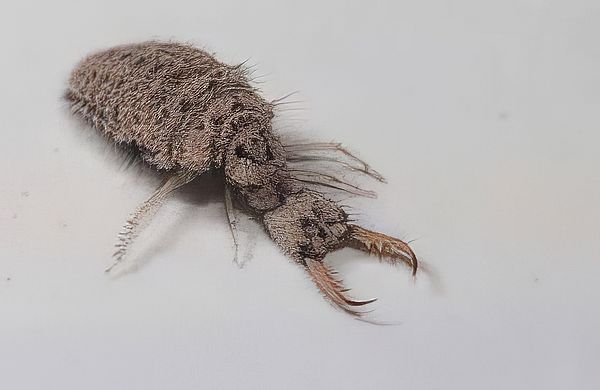You may call them by their innocent-sounding name of Doodlebug, but they are antlions – voracious predators of ants and other insects who fall into their traps.
One of the true marvels of the insect world is this small, brown insect that engineers a delicately balanced trap and then waits at the bottom for fresh food to slide in, according to Iowa State University.
You may call them by their innocent-sounding name of Doodlebug, but they are antlions – voracious predators of ants and other insects who fall into their traps.
This time of year, antlion larvae can be found in the sandy soil along the edges of the field at Greenbelt’s Seine Field in Gloucester. And it is the larvae that wait at the bottom of a shallow pit for their prey to fall in and provide an immediate meal.
Their name of Doodlebugs comes from the curved trail of sand that is created as they dig their traps, but since its frightening jaws are primarily used to devour ants, the antlion name may better describe them.
The larvae – which can only walk backwards – are mottled grey or brown with an oversized head and spiny jaws. They are able to go for long periods without food, but mature faster when the food supply is ample.
“Few people are ever fortunate enough to see the antlion,” according to Iowa State University. “They are difficult to find because they spend so much time motionless at the bottom of the pit. Also, they are tan or brown (dirt-colored) and usually camouflaged with a thin layer of dust or sand that clings to their surface. They are easy to overlook.”
As adults they bear no resemblance to their larval state – looking more like dragonflies.

